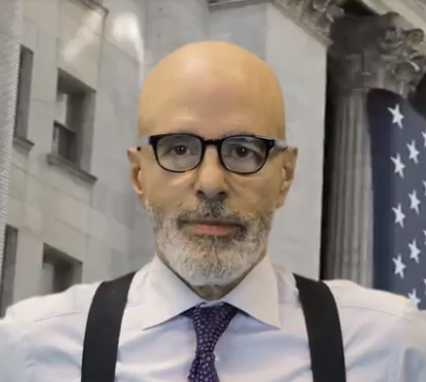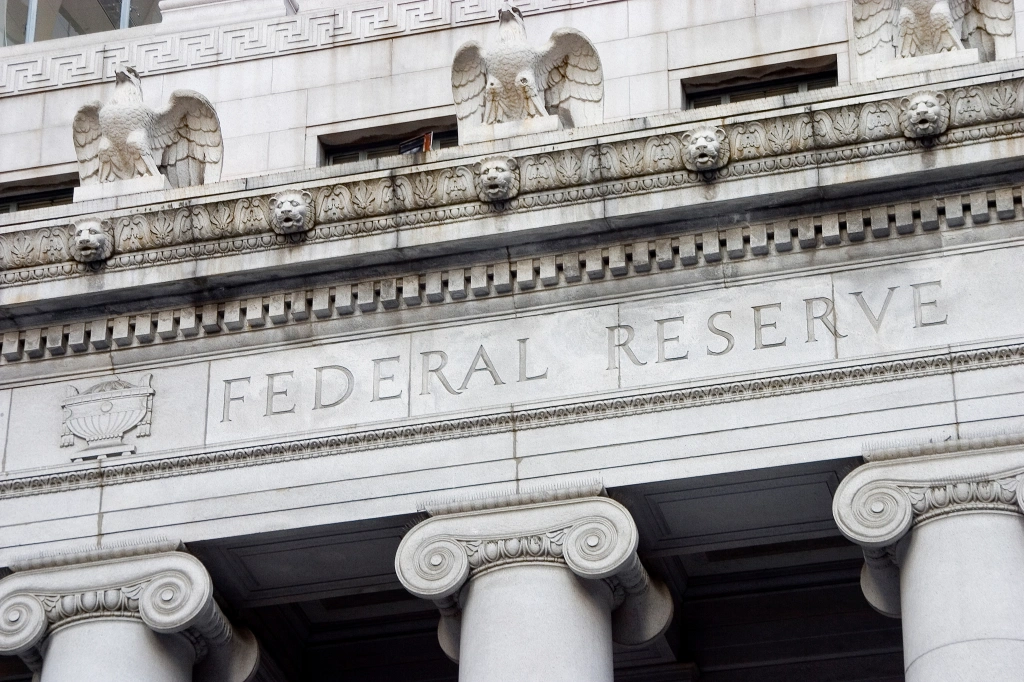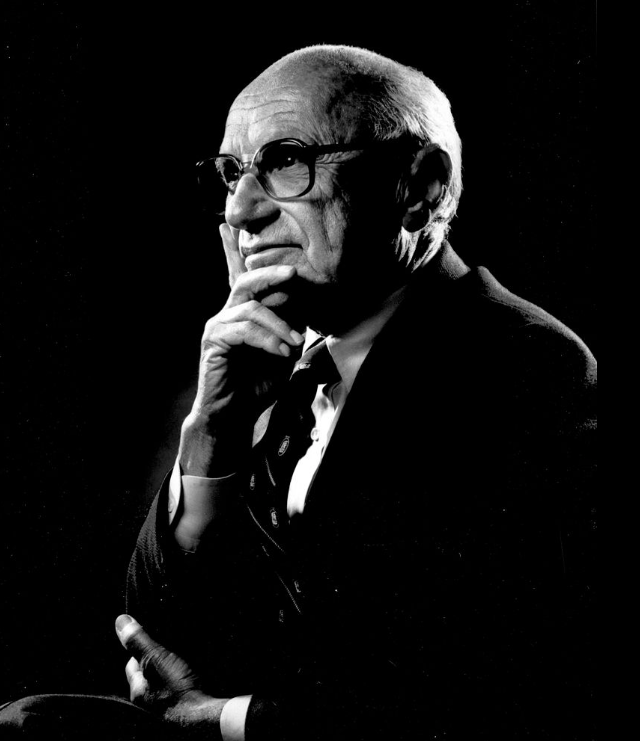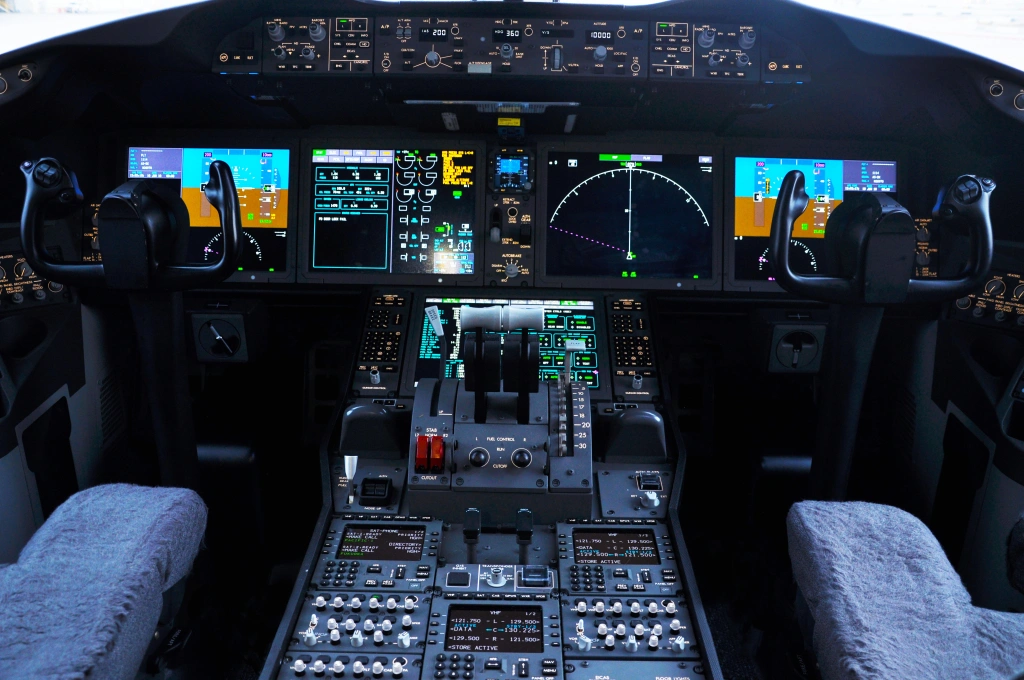 September
19
September
19
Tags
Fed Soft Landing – All we need is a miracle
 By David Nelson, CFA CMT
By David Nelson, CFA CMT
January 15, 2023 will be the 14th anniversary of the Miracle on the Hudson. Shortly after taking off from LaGuardia airport Captain Chesley “Sully” Sullenberger and Co-pilot Jeff Skiles glided a powerless Airbus A320 to a safe landing on New York’s Hudson River. Flight 1549 experienced a bird strike that shut down both engines.
It’s been described as “the most successful ditching in aviation history” one that the press quickly dubbed “the Miracle on the Hudson.”

Today the Federal Reserve is attempting a similar effort. Captain Powell is trying to engineer a soft landing of an economy quickly losing thrust and in danger of stalling. Recent signals by the Chair and other members of the FOMC would make any soft landing at this point a monetary miracle.
With inflation still close to the highest in 40 years showing few signs of easing, markets are pricing in a higher than previously expected terminal rate for Fed Funds.

Intellectual Honesty doesn’t come easy for Wall Street veterans and the same goes for yours truly. After Jackson Hole and Jay Powell’s hawkish commentary the stock market’s initial reaction started to price in a more accelerated path of rate hikes.
At first the bond market didn’t confirm showing little movement in Fed Funds futures. In fact, 17 days later the terminal rate had only risen 25 basis points to 3.78%. I took that as a bullish signal believing the futures market was correct and the retracement off the August highs in stocks was wrong.
Implied Overnight Rate

The only thing wrong was my call. The stock market reaction to last Tuesday’s CPI release was quick and severe. The broad markets put in their worst day since 2020 and for the week ended down just shy of (-5%)

I’ve been a general aviation pilot for most of my adult life and I can tell you when you find yourself off course you adjust quickly. No, it doesn’t mean a wholesale set of changes but at least an acceptance that your timeline is likely wrong, and you’ll have to react to fresh incoming data.
Being early on a call can be called early when it’s a few days or even a few weeks. Anything more than that is just WRONG!
Now that I’ve been to confession and the priest has given me a few Hail Mary’s to recite what’s next?
The first is understanding that any chance of soft landing with a Fed aggressively hiking rates and already visible cracks in the economy has about as much chance of succeeding as landing a 172,000 lb. aircraft on a river with no power.
It’s possible but it would take Top Gun like skills to pull it off and the history of the Fed isn’t all that encouraging. We’ve been bouncing from one crisis to the next as the Fed was late to take off and will as this author suggests overcompensate in the other direction.

No one is disputing the Fed needs to be aggressive, but the tools are blunt instruments. Steering the U.S. economy is like steering an oil tanker. The turn has to be made well in advance of the pivot point.
Tuesday’s core CPI and the trigger for Tuesday’s carnage had several data points that monetary policy can address. Rents and food away from home were both hot and all in the 6.3% core rate was above expectations.
The Fed can and should deal with the demand side of inflation but there’s little they can do about supply. The challenge for the Fed is that they are trying to drain liquidity while the government pours it back in.
A higher Fed Funds rate will do little to resolve supply shocks from the Ukraine War or the world wide impact from China’s Zero-Covid policy.
Putting the Fed on Auto Pilot
 Milton Friedman who received the Nobel Prize in economic sciences once suggested the Federal Reserve System could be replaced by a computer. The computer would calculate month by month how much currency has to be printed in order to achieve a steady rate of growth….
Milton Friedman who received the Nobel Prize in economic sciences once suggested the Federal Reserve System could be replaced by a computer. The computer would calculate month by month how much currency has to be printed in order to achieve a steady rate of growth….
No, it doesn’t mean that there wouldn’t be humans to oversee the system, but the history of the Federal Reserve is so ripe with failure it’s hard to imagine that computers with some human oversight couldn’t do a better job.
With bubbles in a number of asset classes the Fed was still buying bonds all the way until March of this year at a time when its balance sheet was exploding with debt accumulated for more than a decade.
Initially there would be resistance from Fed officials but eventually the doomsday calls would subside especially if the computers were succeeding.

Airline pilots had a similar reaction to auto pilots fearing their jobs were at risk. The truth is today shortly after an airliner takes off to shortly before landing most of the flight control work is done by computers. Today’s pilot is a systems engineer, and his real roll is to be there if and when the computers fail.
Today, some advanced airliners have auto pilots that can fly the plane all the way to touchdown capable of landing in what is known as zero zero weather, zero ceiling and zero visibility.
The pilots are of course skilled and fully capable of taking over if and when necessary.
On Friday I moderated a panel at the Cornell Financial Engineering Manhattan and Rebellion Research Conference: The Future of Finance.
On the panel were some of the brightest minds on the planet including the Chief Strategist of an Artificial Intelligence and Machine Learning shop, the Global Head of Structured Macro at a large international bank, a Managing Director at another bulge bracket investment bank and finally the former director of research at one of the most successful hedge funds ever.
I asked all of them the following question: Would we be better off with a Federal Reserve run by a computer? The answer from all was a resounding YES!